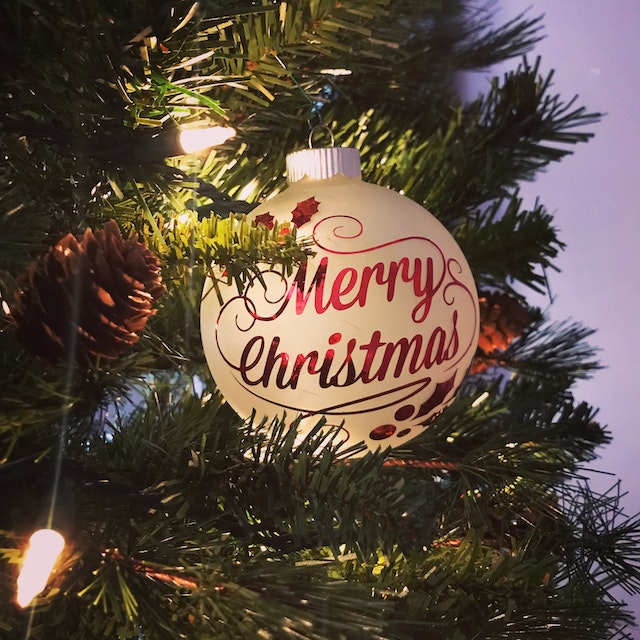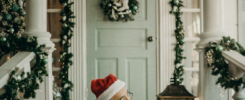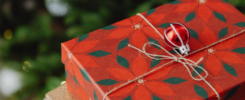The Early Roots of Christmas Ornaments: Apples and Nuts
It’s hard to imagine celebrating Christmas without beautiful ornaments adorning our trees, but the earliest decorations were humble fruits and nuts. During the Middle Ages, European families would hang apples and nuts from their trees as symbols of good fortune and prosperity. Apples represented the forbidden fruit in the Garden of Eden, while nuts symbolized the promise of a bountiful harvest. These early ornaments were not only festive decorations but also had vital cultural and religious significance.
As time went on, the popularity of Christmas trees grew, and people began to incorporate more and more decorations into their holiday traditions. Soon, handcrafted ornaments from paper, fabric, and other materials joined the apples and nuts hanging from the branches. In the 18th and 19th centuries, decorating Christmas trees with candles, tinsel, and small figurines made of wax or porcelain became fashionable.
The Rise of Glass Baubles: A German Tradition

While glass ornaments had existed since the 16th century, the Germans popularized glass baubles on Christmas trees. In the late 1800s, glassblowers in Lauscha started making brightly colored balls to hang on trees. These glass baubles featured intricate designs and patterns, including faces, animals, and scenes from fairy tales.
Their popularity quickly spread, and by the turn of the century, Germans were producing millions of glass baubles each year. The production methods improved, allowing for even more intricate and delicate designs. The glassblowers would blow molten glass into molds to create the desired shape, then hand-paint and embellish the baubles with glitter, beads, and other decorations.
Soon, glass baubles became a status symbol, with families displaying their wealth and taste by the number and quality of their ornaments. In the 1930s, companies like Shiny Brite in the United States began mass-producing glass baubles, making them available to a broader audience. Glass baubles have remained popular ever since, with new designs and colors introduced each year to reflect changing trends in home decor.
Conclusion
Christmas ornaments have come a long way since the days of simple apples and nuts. They have evolved alongside our holiday traditions, from paper and fabric to wax and porcelain to the colorful glass baubles we know and love today. These colorful decorations brighten our homes and spirits during the darkest time of the year, bringing a sense of joy and warmth to the holiday season.
Whether you prefer traditional, handmade ornaments or modern, mass-produced ones, the history of Christmas ornaments shows that these small details can significantly impact the holiday experience. So go ahead and indulge in your love for all things ornament-related, and remember that each bauble on your tree has its unique story and history. May your tree sparkle and your holiday be merry and bright!

